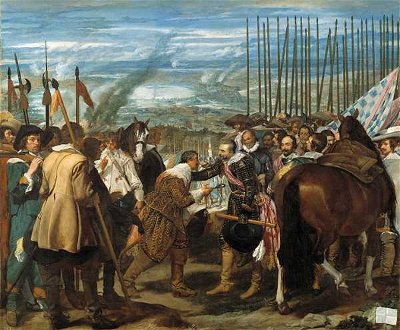 A master of the Spanish Golden Age, Diego Velazquez was a member of the court of Philip IV who supported the arts in great measure. Here are ten of his paintings.
A master of the Spanish Golden Age, Diego Velazquez was a member of the court of Philip IV who supported the arts in great measure. Here are ten of his paintings. Average, 10 Qns, trident,
Jun 06 22
 A master of the Spanish Golden Age, Diego Velazquez was a member of the court of Philip IV who supported the arts in great measure. Here are ten of his paintings.
A master of the Spanish Golden Age, Diego Velazquez was a member of the court of Philip IV who supported the arts in great measure. Here are ten of his paintings.  = Top 5% Rated Quiz,
= Top 5% Rated Quiz,
 Top 10% Rated Quiz,
Top 10% Rated Quiz,
 Top 20% Rated Quiz,
Top 20% Rated Quiz,
 A Well Rated Quiz
A Well Rated Quiz
· All questions, answers, and quiz content on this website is copyright FunTrivia, Inc and may not be reproduced without permission. Any images from TV shows and movies are copyright their studios, and are being used under "fair use" for commentary and education.